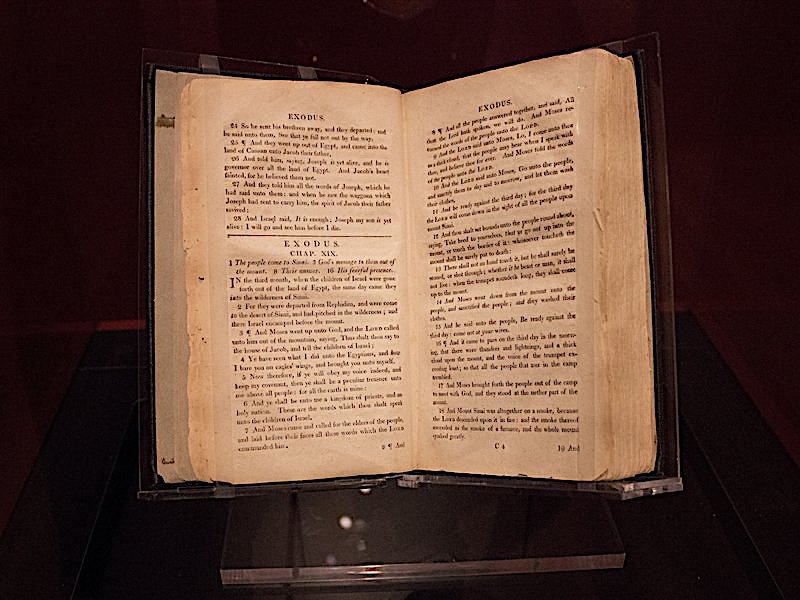You may not find the reference easily in a Google search. But hang around electronic musicians, DJs, or producers long enough, and you’ll probably hear someone talk about an “Amen song.” They don’t mean gospel, not directly, but the famed “Amen break,” a six-second drum loop sampled from a 1969 soul instrumental recording of the gospel song “Amen, Brother” from the B‑Side of a Grammy-winning record by Washington, DC-based group The Winstons. Played by drummer G.C. Coleman, who died in 1996, it has likely become “the most sampled piece of recorded music ever,” as the Great Big Story video above points out.
We’ve previously featured the more extensive documentary history of the Amen break below by writer Nate Harrison. The Great Big Story video is not that, but rather a short, 4‑minute tour through the sample’s origins by way of Bronx DJ Lou Flores, “Breakbeat Lou,” who included “Amen, Brother” on a compilation of songs made specifically for DJs.
If you’ve never understood what’s so captivating about this beat, listen to Flores describe its sonic qualities. It’s “probably one of the most organic, larger-than-life, big presence style of drums… there’s so many depths to this particular track,” he says, listing the specific effect of each piece of the drum kit.
There really is “nothing else like it.” And, paradoxically, it exists everywhere, slowed down as the backbeat of early hip-hop, sped up to inhuman speeds in drum ‘n’ bass; appearing in some form or another in the repertoire of almost every contemporary artist, producer, and drummer. The Amen break has popped up in over 3,000 songs, from David Bowie to Slipknot to Skrillex to Public Enemy to N.W.A. to… well, it may be easier to name popular musicians of the last thirty years who haven’t been at least Amen-adjacent at some point in their lives. Like certain standards in jazz or movements from classical hits, everyone knows it, even if they don’t know they know it.
What’s refreshing about the brief explainer is that, rather than try to cover this kind of musicological territory in a few minutes, it focuses on the break’s first popularizer, Flores, who was drawn out of his retirement from music because of the viral phenomenon of the Amen break. He’s an affable guide to the most famous sample in history, happy that his corner of the Bronx contributed so much to the culture by helping turn sampled music into an original and inventive art form. Learn much more about the history of the Amen break in the documentary above and at our previous post here.
Related Content:
The “Amen Break”: The Most Famous 6‑Second Drum Loop & How It Spawned a Sampling Revolution
All Hail the Beat: How the 1980 Roland TR-808 Drum Machine Changed Pop Music
A Brief History of Sampling: From the Beatles to the Beastie Boys
Josh Jones is a writer and musician based in Durham, NC. Follow him at @jdmagness


